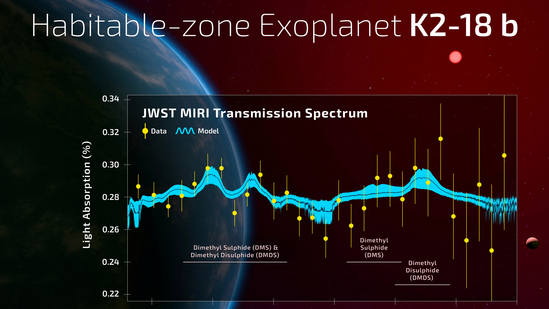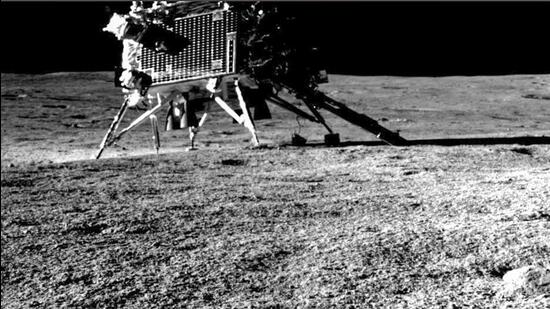QUICKREADS

Scientists find strongest evidence yet of life on an alien planet
Scientists using the James Webb Space Telescope have detected potential biosignatures, specifically dimethyl sulfide and dimethyl disulfide, in the atmosphere of the exoplanet K2-18 b, suggesting possible microbial life. While this marks an exciting development in the search for extraterrestrial life, researchers caution that more observations are needed before confirming any biological processes.

Potential presence of primitive lunar mantle materials on Chandrayaan-3 landing site: Study
Chandrayaan-3's landing site revealed high sulphur levels, suggesting presence of primitive lunar mantle materials from the South Pole-Aitken basin's formation 4.3 billion years ago, offering insights into early lunar evolution and composition.






